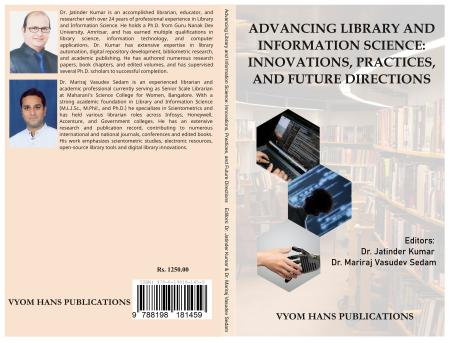INTERNET OF THINGS (IOT) INTEGRATION IN LIBRARIES
Synopsis
By employing RFID tags and tiny sensors, the Internet of Things makes it possible to connect a physical object-like a book or other text typologies-with real-time communication technologies. Additionally, a significant number of libraries and colleges can be globally linked in real-time, continuously, thanks to the Internet of Things. In the context of delivering end-to-end IoT business solutions, IoT integration refers to ensuring that the combination of new IoT devices, IoT data, IoT platforms and IoT applications-as well as IT assets (business applications, legacy data, mobile and SaaS)-work well together. The collection of IoT integration capabilities required by IoT project implementers to successfully integrate end-to-end IoT business solutions is known as the IoT integration market. Monitoring the environment, occupancy rates and equipment use within library buildings is one of the most important components of IoT integration in libraries. IoT sensors give librarians the ability to monitor variables like humidity, temperature and air quality, which helps to maintain ideal conditions for both collections and users.
Keywords: Cloud Computing, Artificial Intelligence (AI), E-Resources, Data Privacy and Internet of Things (IoT).





